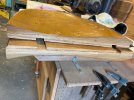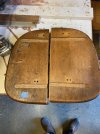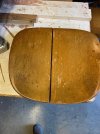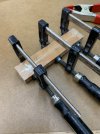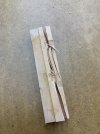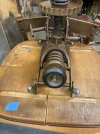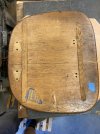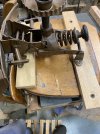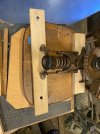I'm helping a friend repair this broken seat. Would you use epoxy, Titebond or what else? I think dowels are asking for trouble...
I've asked him to bring the base on which the seat is attached. Thanks for input.
I've asked him to bring the base on which the seat is attached. Thanks for input.

